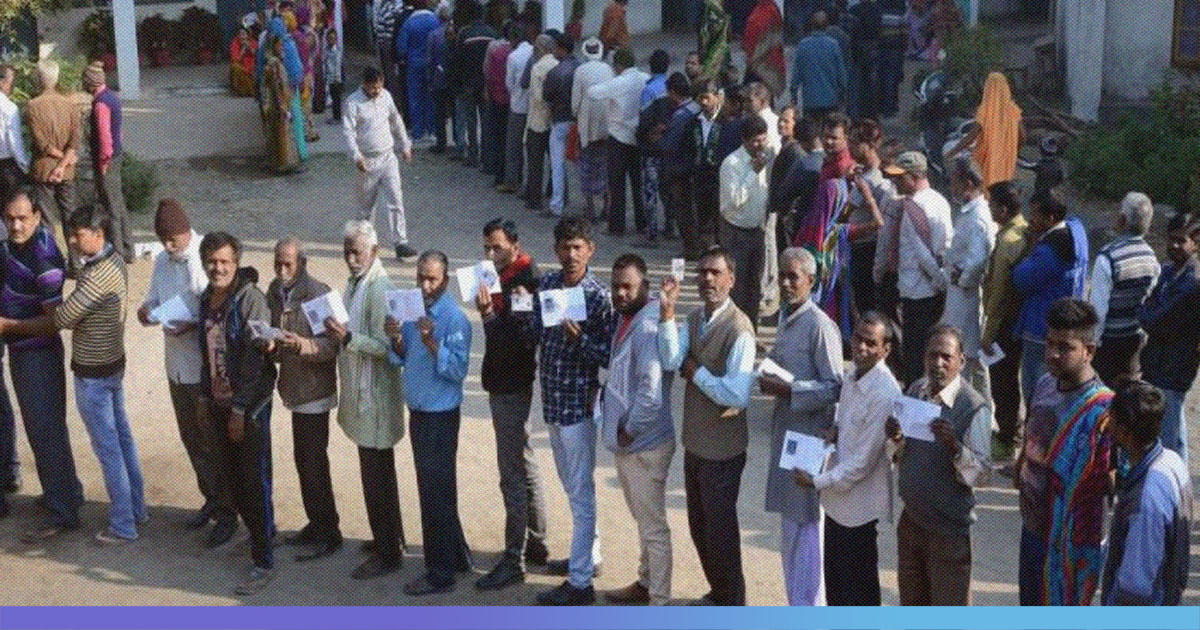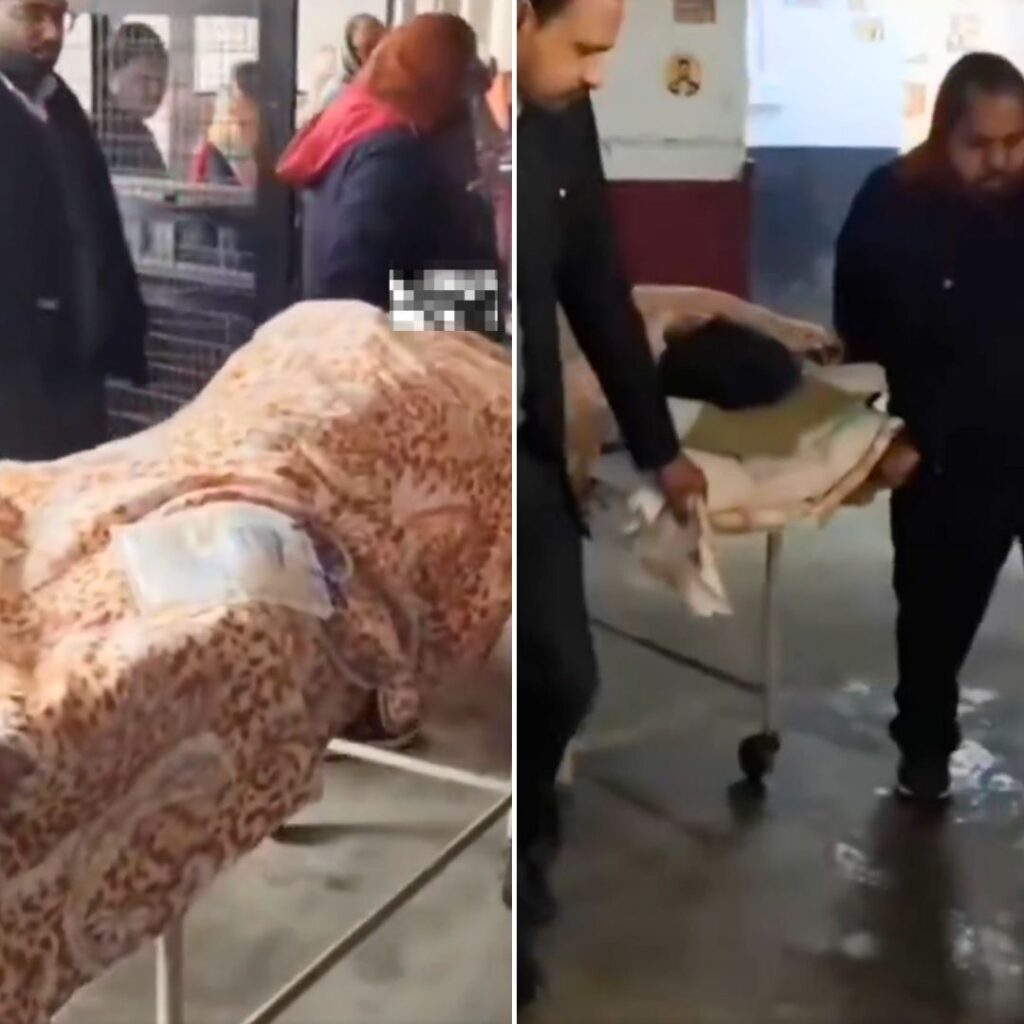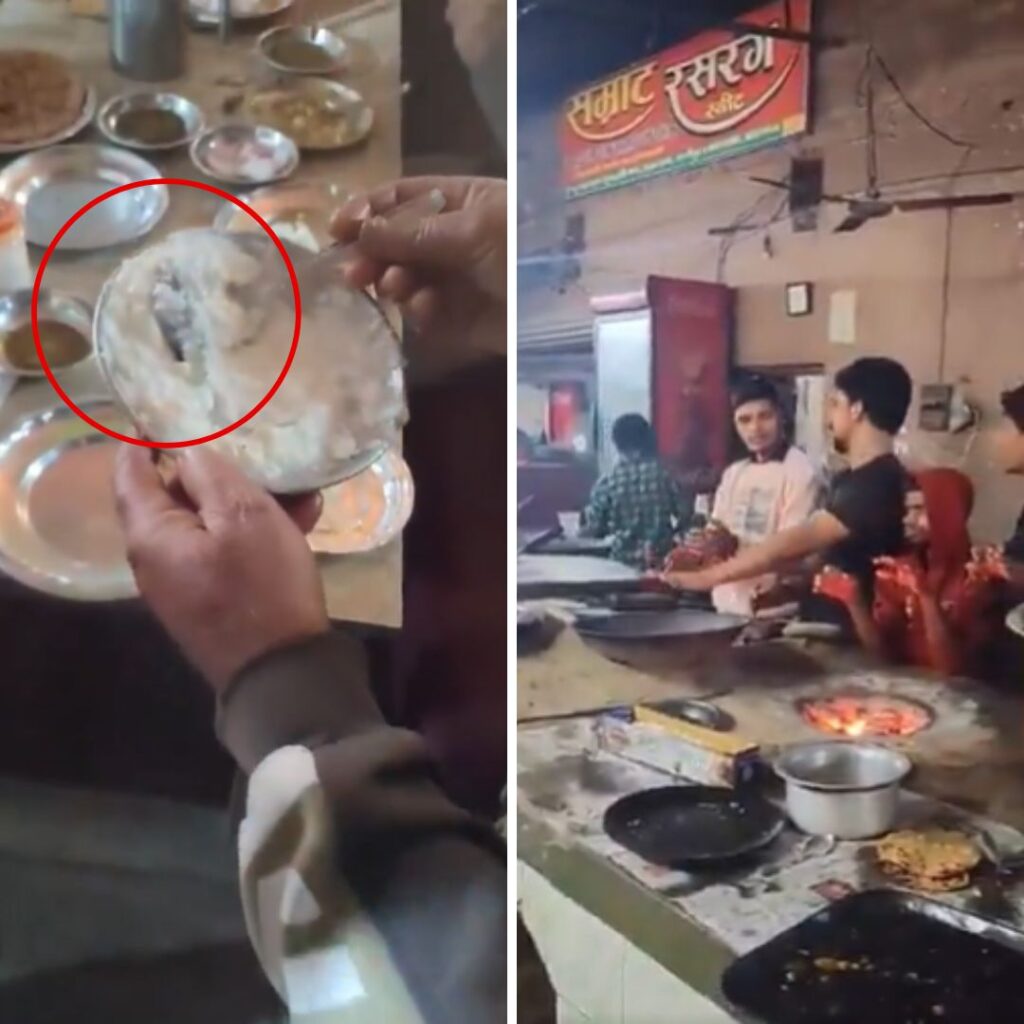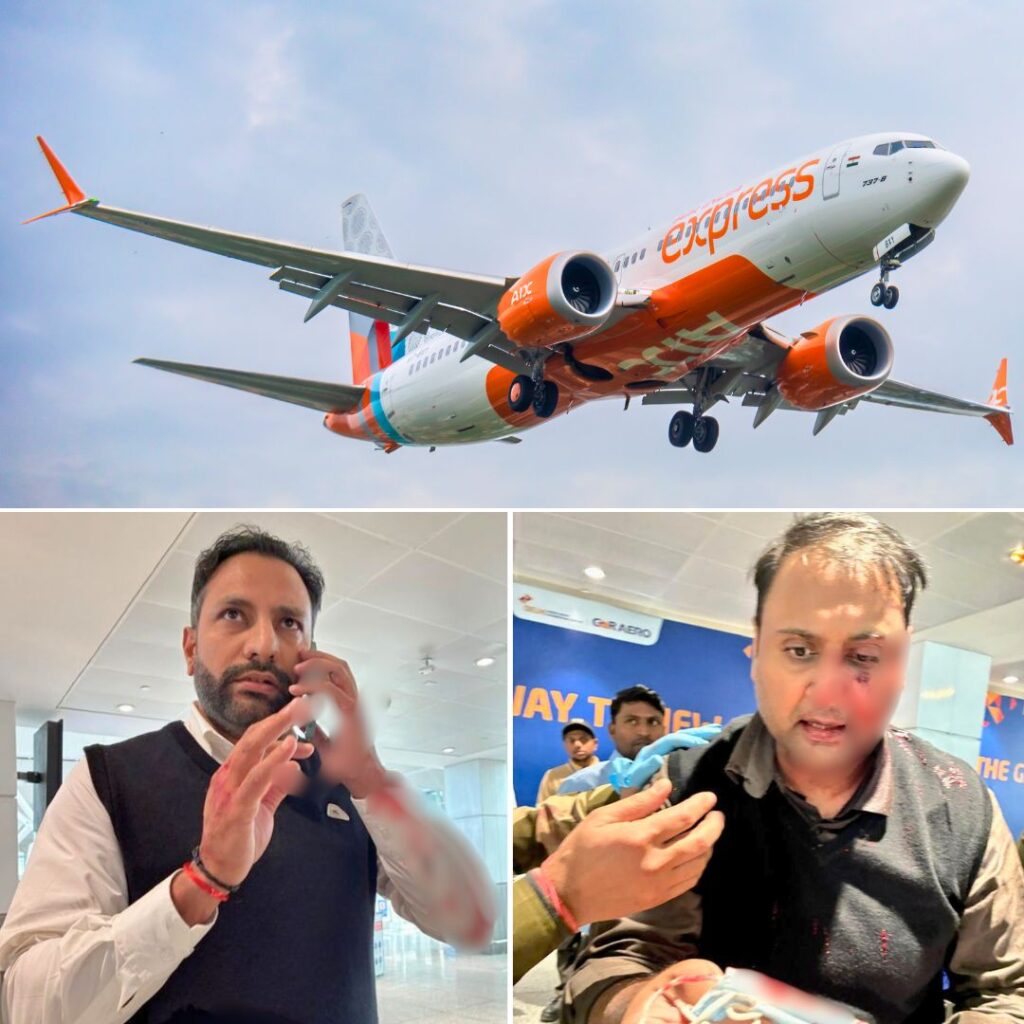In the early hours before sun rays dominate the landscape, near deserted streets, closed shops and abandoned bridges, some faces gather. You won’t see them until you look for them, but the truth is they’re everywhere. As the hustle-bustle of city life takes over, they disappear into the crowd, and you won’t find them till tomorrow begins. Daily wage labourers, commonly referred to as naka workers, are these faces of the morning. These groups of workers that erect urban infrastructures are at the bottom of the socioeconomic ladder. They are typically treated as ‘outsiders’ – their living conditions, work security, and social security benefits have never been a concern for the local authorities or governance and despite spending their lives “literally building cities”, they are deprived of decent work conditions and dignity of labour.
But who exactly are these naka workers and what do they do?
In simple words, these are informal sector labourers who migrate to metro cities in search of employment. They huddle around bridges, stations and street corners to look for work, every morning! If they manage to find work, they get hired for a day or few days at most. Their working hours and wages are determined solely by the contractors who hire them. Their wages barely meet the minimum standards, and working conditions dismal. In 2018, World Bank reported that the size of India’s informal sector is around 91 percent since 1999; further, India adds 1.3 million to the working age population every month. However, there is no dataset which accurately quantifies the naka worker population, and limited research to help us understand their circumstances.
Migrant daily wage laborers are unable to use their ration card and other identity cards, since they don’t have a fixed residential settlement. Their documents are issued at the source and are invalid at destination sites. This makes them ineligible for availing benefits of welfare schemes by the state and central government. Further, due to the restrictions around ration cards majority of them are left out of schemes like Public Distribution System and medical coverage; thus, resulting in exclusion from the benefits of the welfare schemes.
Due to the uncertain nature of their job and poor living conditions, naka workers are one of the most vulnerable sections of the informal labour market. The dearth of permanent job opportunities and social security benefits only makes things worse.
According to UNDP estimates, there are approximately 100 million circular migrants in India contributing up to 10 percent of national GDP. What’s more? Economic Survey 2017 estimated the inter-state migration rate to be approximately growing by 9 million annually from 2011 to 2016. However, this doesn’t account for intra-state migrants, leaving us with a half-painted picture. The lack of accurate data about the migrant labourers is an indicator of their social and political exclusion.
Why bring up these naka workers now?
As per Census 2011, India is home to 310 million migrants and with an annual internal growth rate of 4.5 percent. At this rate, approximately 112 million migrants have been added to the country’s job market by 2019. These numbers depict the situation of the labour market in the country. Unfortunately, despite being crucial to India’s economic growth, internal migrants cannot vote for national elections.
In India, states of north India (specifically Bihar and Uttar Pradesh) see the highest rates of out-bound migration. As per Census 2001, net migration rate (the difference between in–migrant and out–migrants) for Bihar was 17.2 lakhs and that for Uttar Pradesh was 26.9 lakh. One can speculate that, migration is one of the major reasons for poor voter turn-out. In the general elections of 2014, the voter turnout for Bihar was 56.28 percent and that for Uttar Pradesh was 58.35 percent. Would election results have been different if the migrant community could also exercise its vote?
While there are mechanisms to change one’s constituency, most migrants are either unaware or find it difficult to follow up with the process. Postal ballots and proxy voting are available to the members of armed forces, overseas government officials and other specified defense categories. But this privilege is not extended to migrant workers. It must be noted that the number of migrant labourers is strikingly higher than that of members of armed forces, overseas government officials and other defense personnel put together.
As per International Labour Organization, around 81% of the employed in India are engaged in the informal sector. Should their economic output hinder their political rights? How will their problems be represented and addressed if they cannot vote at all?
This calls for a reform in the electoral system for being more inclusive of migrant labour. Further, there is a need to acknowledge their contribution to development and a space to voice their opinion. As the saying goes ‘One who rides two boats is sure to be overthrown’ summing up the situation of these naka workers. These workers are almost invisible to the eyes of the local authorities of their place of work. It is imperative to listen to these voices from the margins and bring them to the fore. For those in search of work at the nakas, the clock is always ticking.
Electoral inclusion cannot be the price they pay for their mobility, rather there is a need for the voting system to become mobile. After all, why should they be unable to cast their vote, simply because they’re trying to make ends meet?
Also Read: Migrant Kids Across The World Can Fill Up Half A Million Classrooms If Given A Chance: Report











